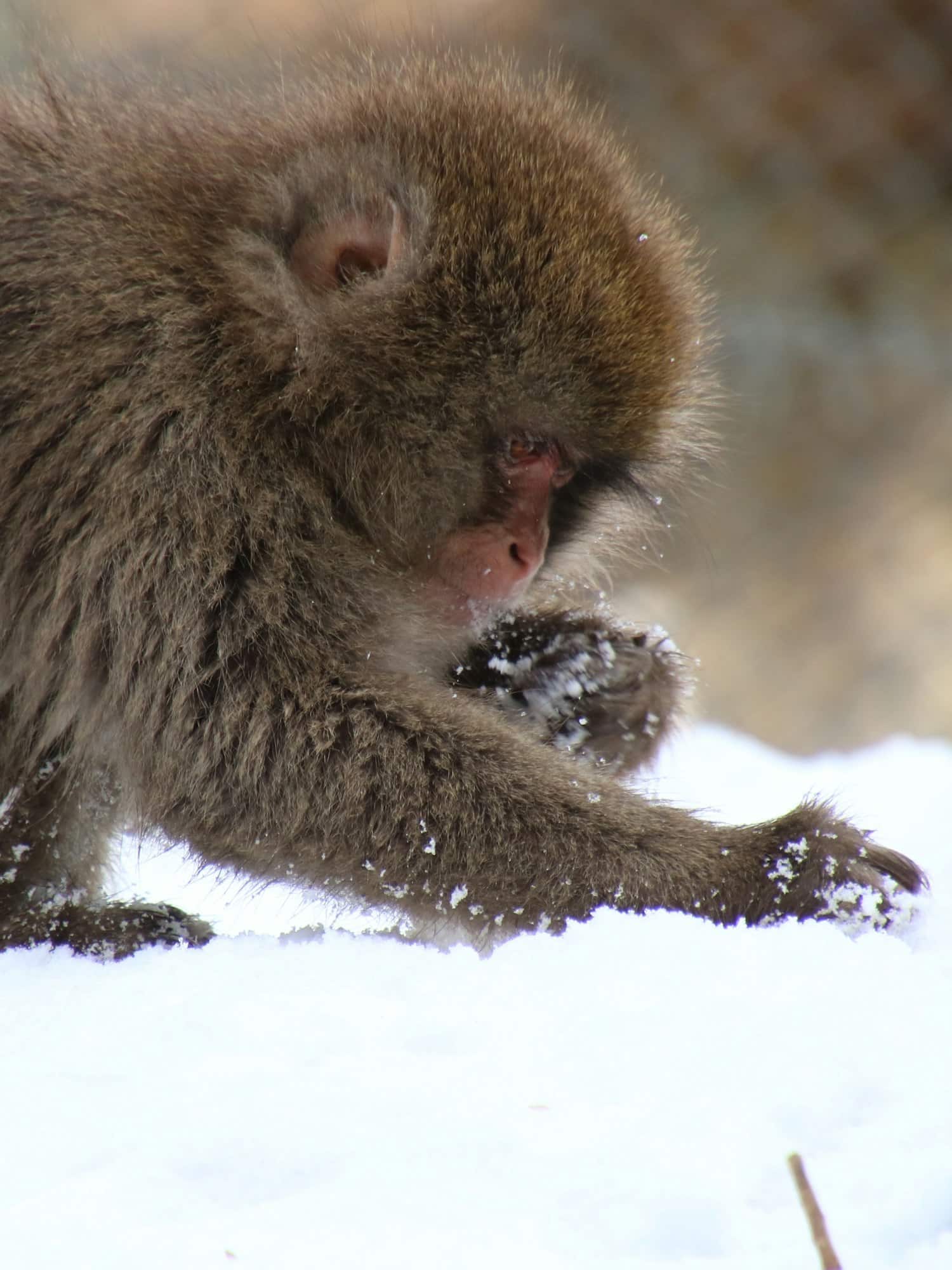Keeping a parrot as a pet is not just about providing a comfortable cage, nutritious food, or colorful toys. There is also an often overlooked aspect that plays a significant role in the parrot’s wellbeing – foraging behavior. In the wild, birds spend a considerable amount of time searching for food. This foraging behavior is not just about feeding; it also provides mental stimulation, physical exercise, and a sense of accomplishment. When this behavior is suppressed, it can lead to numerous behavioral and health issues in captive parrots. Therefore, it is essential to establish healthy foraging behavior in our feathered friends.
Understanding the Importance of Foraging Behavior
Before we delve into the specifics of establishing foraging behavior, it is crucial to understand why it is so important. Foraging allows birds to exhibit their natural behavior of searching for food. It mimics the activities that birds undertake in their natural habitats, thereby providing them with a semblance of their natural life.
A découvrir également : What’s the Ideal Caloric Intake for a Growing Great Dane Puppy?
In the wild, birds spend a majority of their day foraging. Parrots, particularly, are known for their intelligent and curious nature. They like to explore, find, and retrieve food items in their natural environment. When these innate behaviors are not encouraged in captivity, it can lead to boredom, frustration, and resultant behavioral issues like feather plucking or excessive screaming.
Moreover, foraging exercise is essential for physical health. It engages various muscle groups and helps maintain a healthy body weight. It also presents cognitive challenges that keep them sharp and entertained. Thus, foraging is not just about food; it’s about enrichment in multiple ways.
A voir aussi : How to Choose the Right Protective Footwear for Dogs in Snowy Climates?
Getting Started with Foraging – Training Your Parrot
Training your parrot to engage in foraging behavior requires patience and consistency. It is not something that will happen overnight. Remember, the aim is not just to get your bird to find food, but to provide entertainment, exercise, and mental stimulation.
Start by hiding food items in easily accessible places in their cage. Encourage them to find these treats by guiding them initially. Reward them every time they successfully find a treat. Gradually, make the process more challenging by hiding food in different kinds of foraging toys. You can also use puzzle toys that require some problem-solving skills.
Remember that every bird is different. Some may take more time to get used to the idea of foraging. So be patient and consistent in your efforts.
Choosing the Right Foraging Toys
Foraging toys play a major role in encouraging foraging behavior. They are designed to challenge the bird, thereby providing both physical and mental stimulation. However, choosing the right toy for your pet parrot will require some thought.
The toy must be safe and suitable for your bird’s size. Examine the toy well for any small parts that might be swallowed or sharp edges that could cause injury. The toy should also be durable to withstand your parrot’s strong beak and curious nature.
The complexity of the toy should be appropriate for your bird’s intelligence and skills. Start with simple toys and gradually introduce more complex ones. Also, introduce new toys periodically to keep up their interest.
Remember to rotate the toys to ensure novelty and excitement for your feathered star.
Incorporating Foraging in the Parrot’s Daily Diet
Just as important as toys and training, the type of food that you use for foraging also plays a pivotal role. The key is to use a variety of food items to keep the bird interested.
Use a mix of your parrot’s favorite treats along with their regular diet. Fresh fruits, vegetables, nuts, and seeds can be good options. You can also use cooked grains or pasta. The aim is to offer a variety of textures and flavors to keep the foraging experience interesting for the bird.
However, while using treats, ensure that they make up a small portion of the diet. Too many treats can lead to obesity and related health issues.
The Role of the Environment in Foraging Behavior
The environment in a bird’s cage can significantly impact their foraging behavior. Make sure that your bird’s cage is large enough to allow for free movement. Various perches at different heights will provide the bird with multiple perspectives and add to the foraging experience.
Also, consider how you arrange food and toys in the cage. Instead of placing all the food in a single bowl, distribute it in different parts of the cage. Hide some food inside toys, wrap some in paper, or put some in food dispensers.
Providing a stimulating environment and variety in their daily routine will encourage the birds to explore and engage in foraging, promoting healthier and happier lives for your pet parrots.
Offering a Variety of Foraging Opportunities
Considering the various ways in which pet birds can engage in foraging behavior, it’s essential to offer them a wide array of opportunities to do so. Different types of foraging devices can keep your parrots intellectually stimulated, physically active, and overall happier. These devices range from simple stainless steel bowls to complex puzzle toys.
Incorporating a mix of easy and challenging foraging opportunities is beneficial. For instance, you can start with a food bowl that requires a simple action like lifting a lid to access the food. Gradually introduce more complex foraging toys, such as puzzle boxes, where your parrot needs to solve a problem to get its treat. Remember, the time spent on these activities is as crucial as the foraging itself, as it keeps your pet bird mentally stimulated.
Bare-eyed cockatoos, for example, are known for their love for foraging activities. Hand raised from around six weeks of age, these birds love the challenge of foraging devices. Similarly, Bebe and Flash, star parents in the bird world, have been known to teach their chicks the art of foraging, thereby emphasizing the importance of this behavior in bird life.
Remember to keep rotating the toys every few days to prevent your bird from getting bored with the same set of challenges. Also, ensure the cleanliness of these devices, as they can become a breeding ground for bacteria.
Conclusion – The Key to a Healthy and Happy Pet Bird
Establishing a healthy foraging behavior in captive parrots is not just about feeding them but enriching their bird lives in multiple ways. Feather damaging behaviors, excessive screaming, and other behavioral issues can be significantly reduced by providing ample foraging opportunities.
Setting up a stimulating environment with perches at different heights, introducing a variety of foraging toys, and incorporating a diverse diet can encourage your pet bird to engage in foraging. This not only mimics their natural behavior but also provides them with physical exercise and mental stimulation.
Remember, the key is to be patient, consistent, and creative in your efforts. Whether it’s a stainless steel food bowl or a complex puzzle toy, each foraging device contributes to your bird’s overall wellbeing. Parrots, with their intelligent and curious nature, will certainly appreciate the opportunity to explore, solve problems, and find food.
From simple babies like Bebe and Flash to mature parrots, birds love to forage. Therefore, providing them with a variety of foraging opportunities can significantly enhance their quality of life, paving the way for a healthier and happier pet bird.






